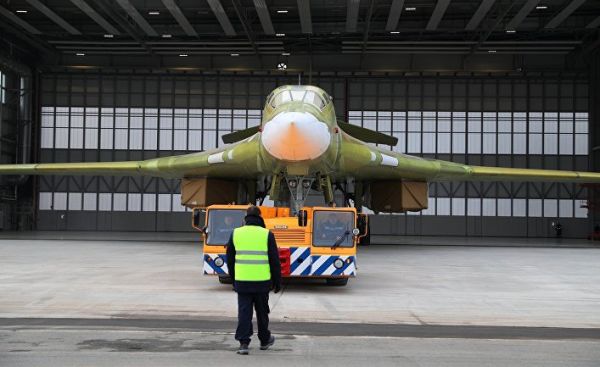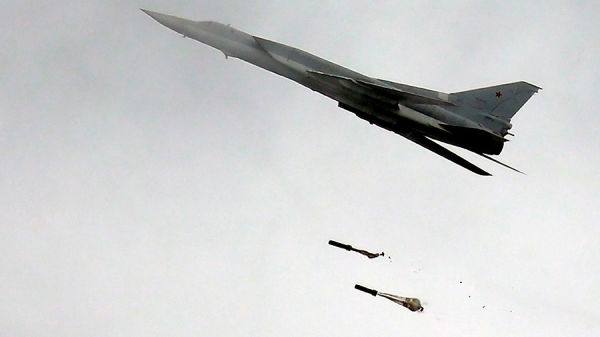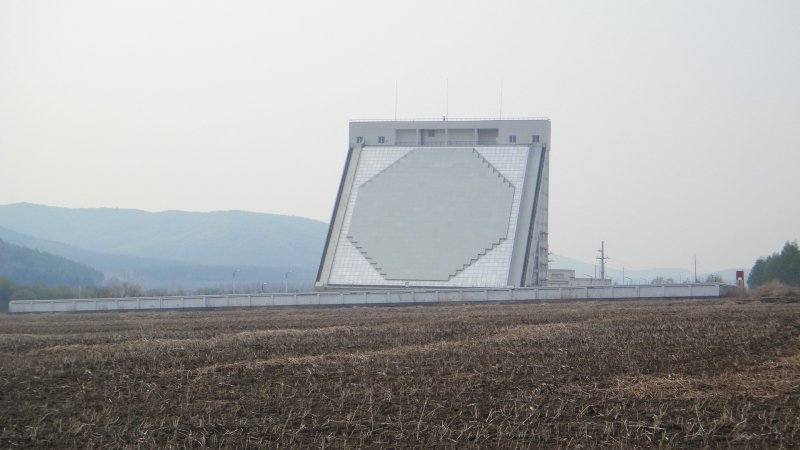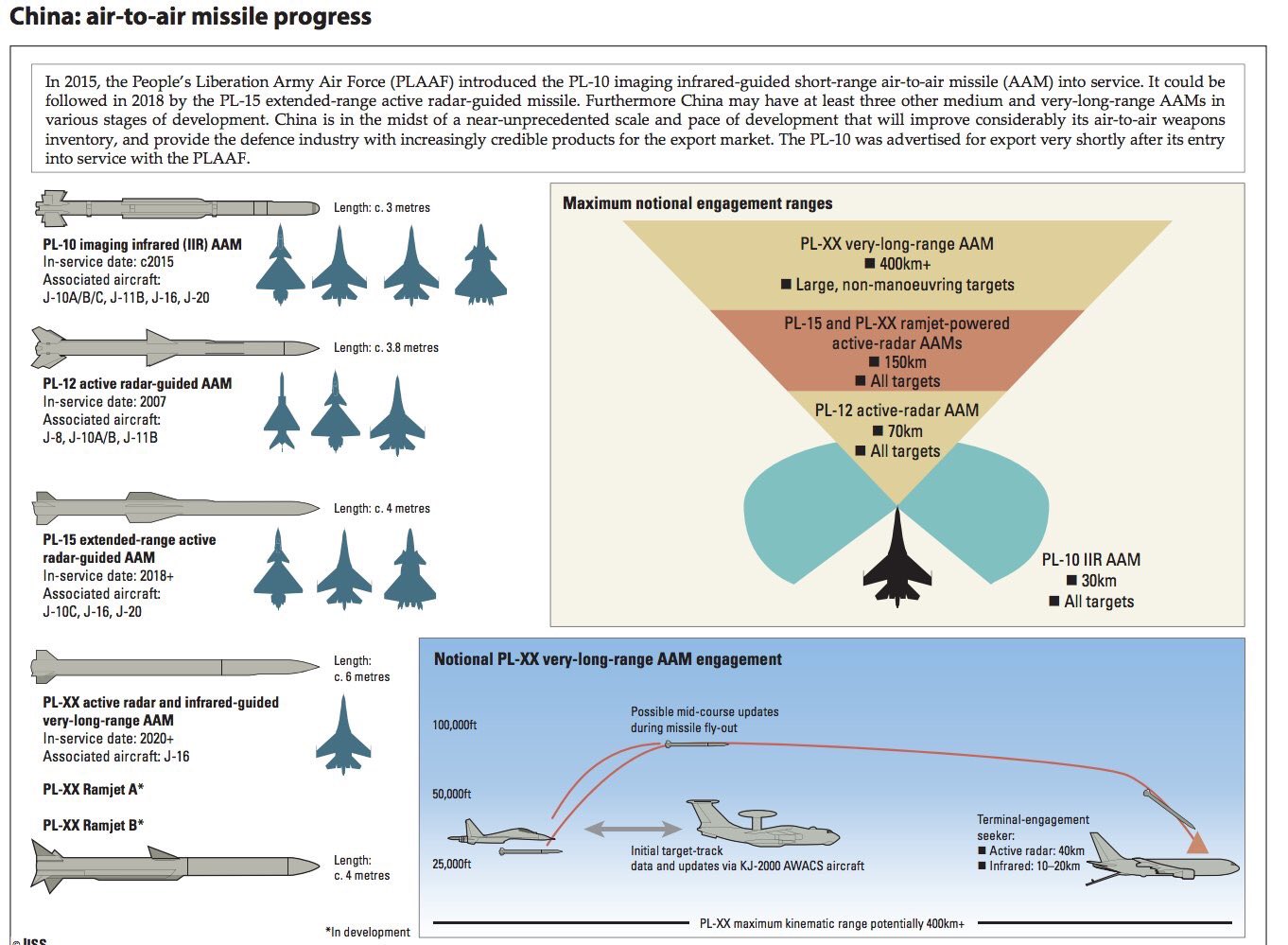Kína hadiipara és haderőfejlesztési programja
- Téma indítója weasel007
- Indítva
You are using an out of date browser. It may not display this or other websites correctly.
You should upgrade or use an alternative browser.
You should upgrade or use an alternative browser.
Nagyon úgy tűnik, hogy a kínai haditengerészet railgunnal kísérletezget. Az Ars Technica és a TechCrunch is lehozta azokat a közösségi médiában terjedő felvételeket, amelyek alapján feltételezhető, hogy a kínai haditengerészet railgunnal szerelte fel egyik hajóját, a Hajang Sant.
Railgunnal kísérletezget a kínai haditengerészet
Railgunnal kísérletezget a kínai haditengerészet
https://translate.google.com/translate?hl=hu&sl=ru&tl=en&u=https://vpk.name/ After long hesitation, China refused to buy two Russian bombers. And what about Tu-160?
02/21/2018 InosMI 1508 1
Sections : General industry information , Aviation , Missile systems and artillery , Fleet , Electronics and optics , ABM and defense , Markets and cooperation , Current status and prospects of the DIC
-3
Did you like the news?
0

An experimental sample of the Tu-160M2.
Source: © RIA Novosti, Iskander Asabaev
January 25, 2018 in the presence of President Putin prototype bomber Tu-160M2 made its first demonstration flight. The Tu-160M2 is a modernized version of the missile carrier that was constructed on the basis of an unfinished Soviet Tu-160 with the serial number 0804. During the first flight, Russian Deputy Defense Minister Yury Borisov said that Russia's Air and Space Forces would sign an agreement on the purchase of ten strategic bombers- the Tu-160M2 missile carriers with a total cost of 18.1 billion yuan. For a military aircraft of this level, the price is really small.
Among all three Russian strategic bombers, the Tu-160M2 is the most powerful, but the least known about it in China. So, for example, there was much more news about Tu-95MS. And when the older generation found out about the Tu-22M3, then almost everyone was trembling with fear.
So let's take a close look at what it was for the news and why there were so many of them. The Russian logic of arms sales is very similar to the American one. And the reasons why Russia decided to sell weapons to China are also very interesting. First it is worth mentioning Su-35S, the PRC Air Force constantly monitored the development of the Su-35S fighter, and soon after the first demonstration flight, China immediately sent a delegation to conduct the Su-35S research, as well as the components of this aircraft. However, only later we learned that the final terms of the contract were determined in the distant 2014 at the Zhuhai Air Show (Zhuhai 2014 - ed.).
The truth is very simple. The successful development of the Chinese J-20 fighter jets (in 2011, China conducted a test flight of four J-20 prototypes - the author's comment.) Made the Russians realize the fact that if they do not catch the chance now, then it may not even be introduced. For the same reason, after the HQ-9B anti-aircraft missile system demonstrated its power several times in parades and exercises, the Russian anti-aircraft missile system S-400 began to lose its leading position. Eh you, undercomplex! Now you also need to learn from our designers!
Therefore, the advancement of the Tu-22M and Tu-95MS bombers before and after the joint exercises of Russia and China under the name "Peace Mission-2005", which took place ten years ago, was also the result of this logic, namely, the fear that the Chinese market may be closed For Russia. At that time, the Xian-6K combat aircraft, after being equipped with CJ-20 air-launched cruise missiles, had already conducted their first tests. Although the Russians hardly had any accurate information about the Xian-6K combat aircraft, as the first demonstration flight was planned only two years later, even then it was easy to conclude that China would continue to improve this type of aircraft.
Both models of bombers are quite attractive for buyers. Tu-22M3 can overcome anti-aircraft defense at low altitude, it has supersonic speed and is equipped with a large number of bombs. Moreover, it is famous for its capabilities to destroy aircraft carriers. The Russian strategic Tu-95MS missile carrier can, despite the heavy load, fly long distances. And even if we constantly improve Xian-6, it still will not achieve such success. So why wait? Buy Now!
At that time, the Russian side did everything in its power to offer us a kind of "two-stage" program, namely, first to pay in advance for 12 supersonic bombers TU-22M3. Due to the fact that the production line was already closed, China could only choose from the operating aircraft of the Russian army. These aircraft, on the one hand, could prepare the ground services of the People's Liberation Army of China, and on the other hand, these combat aircraft could be a prototype for plants that would later be able to study them carefully. And after that, the Russian side could transfer the technical documentation and all the data of the TU-22M3 supersonic bomber to the Xian-6 production plant, so that it could start its own production. In general, this method is not much different from the Chinese production of the military aircraft J-5 (analogue of the MiG-17 fighter) and J-6 (analogue of the MiG-19 fighter) in the 50s of the last century. The only difference is that there would be no import of original spare parts, since all spare parts for planes would be produced in China.
If ten years ago China decided to copy the Tu-22M3, it would not be difficult for it, since already then China began to copy the Su-27 and moved from importing the originals to its own production. However, it is obvious that the turbojet engine NK-25 still needs to be imported from Russia. However, if you need independent production on the model of the turbojet engine NK-25, then if you take into account the failed attempt to simulate a turbojet dual-circuit engine D-30, whose technologies are far behind the NK-25 engine, then the launch of production of such high-tech engine as NK-25, I'm afraid , that would take too much time.

Bomber Tu-22M3.
Source: TASS / Vladimir Smirnov
Sina.com, China
02/21/2018 InosMI 1508 1
Sections : General industry information , Aviation , Missile systems and artillery , Fleet , Electronics and optics , ABM and defense , Markets and cooperation , Current status and prospects of the DIC
-3
Did you like the news?
0

An experimental sample of the Tu-160M2.
Source: © RIA Novosti, Iskander Asabaev
January 25, 2018 in the presence of President Putin prototype bomber Tu-160M2 made its first demonstration flight. The Tu-160M2 is a modernized version of the missile carrier that was constructed on the basis of an unfinished Soviet Tu-160 with the serial number 0804. During the first flight, Russian Deputy Defense Minister Yury Borisov said that Russia's Air and Space Forces would sign an agreement on the purchase of ten strategic bombers- the Tu-160M2 missile carriers with a total cost of 18.1 billion yuan. For a military aircraft of this level, the price is really small.
Among all three Russian strategic bombers, the Tu-160M2 is the most powerful, but the least known about it in China. So, for example, there was much more news about Tu-95MS. And when the older generation found out about the Tu-22M3, then almost everyone was trembling with fear.
So let's take a close look at what it was for the news and why there were so many of them. The Russian logic of arms sales is very similar to the American one. And the reasons why Russia decided to sell weapons to China are also very interesting. First it is worth mentioning Su-35S, the PRC Air Force constantly monitored the development of the Su-35S fighter, and soon after the first demonstration flight, China immediately sent a delegation to conduct the Su-35S research, as well as the components of this aircraft. However, only later we learned that the final terms of the contract were determined in the distant 2014 at the Zhuhai Air Show (Zhuhai 2014 - ed.).
The truth is very simple. The successful development of the Chinese J-20 fighter jets (in 2011, China conducted a test flight of four J-20 prototypes - the author's comment.) Made the Russians realize the fact that if they do not catch the chance now, then it may not even be introduced. For the same reason, after the HQ-9B anti-aircraft missile system demonstrated its power several times in parades and exercises, the Russian anti-aircraft missile system S-400 began to lose its leading position. Eh you, undercomplex! Now you also need to learn from our designers!
Therefore, the advancement of the Tu-22M and Tu-95MS bombers before and after the joint exercises of Russia and China under the name "Peace Mission-2005", which took place ten years ago, was also the result of this logic, namely, the fear that the Chinese market may be closed For Russia. At that time, the Xian-6K combat aircraft, after being equipped with CJ-20 air-launched cruise missiles, had already conducted their first tests. Although the Russians hardly had any accurate information about the Xian-6K combat aircraft, as the first demonstration flight was planned only two years later, even then it was easy to conclude that China would continue to improve this type of aircraft.
Both models of bombers are quite attractive for buyers. Tu-22M3 can overcome anti-aircraft defense at low altitude, it has supersonic speed and is equipped with a large number of bombs. Moreover, it is famous for its capabilities to destroy aircraft carriers. The Russian strategic Tu-95MS missile carrier can, despite the heavy load, fly long distances. And even if we constantly improve Xian-6, it still will not achieve such success. So why wait? Buy Now!
At that time, the Russian side did everything in its power to offer us a kind of "two-stage" program, namely, first to pay in advance for 12 supersonic bombers TU-22M3. Due to the fact that the production line was already closed, China could only choose from the operating aircraft of the Russian army. These aircraft, on the one hand, could prepare the ground services of the People's Liberation Army of China, and on the other hand, these combat aircraft could be a prototype for plants that would later be able to study them carefully. And after that, the Russian side could transfer the technical documentation and all the data of the TU-22M3 supersonic bomber to the Xian-6 production plant, so that it could start its own production. In general, this method is not much different from the Chinese production of the military aircraft J-5 (analogue of the MiG-17 fighter) and J-6 (analogue of the MiG-19 fighter) in the 50s of the last century. The only difference is that there would be no import of original spare parts, since all spare parts for planes would be produced in China.
If ten years ago China decided to copy the Tu-22M3, it would not be difficult for it, since already then China began to copy the Su-27 and moved from importing the originals to its own production. However, it is obvious that the turbojet engine NK-25 still needs to be imported from Russia. However, if you need independent production on the model of the turbojet engine NK-25, then if you take into account the failed attempt to simulate a turbojet dual-circuit engine D-30, whose technologies are far behind the NK-25 engine, then the launch of production of such high-tech engine as NK-25, I'm afraid , that would take too much time.

Bomber Tu-22M3.
Source: TASS / Vladimir Smirnov
Sina.com, China
http://avia.pro/news/kitay-u-sovrem...dushchego?utm_referrer=https://zen.yandex.com
Kinai vélemény az orosz gépekről
Kinai vélemény az orosz gépekről
Mégis ezekből az orosz szarokból vesznek ők is, hátha a butított exportváltozatból vissza tudnak fejteni valamit, amit saját maguk is lekoppinthatnak.
Nem épp. Ez most egy felvonulás volt.A dél-kínai flotta
Itt van hozzá a képanyag is.
https://forum.htka.hu/threads/kínai-repülőgép-hordozók.102/page-42#post-441711
akkor csak ott volt...mármint a d-k tengerenNem épp. Ez most egy felvonulás volt.
Itt van hozzá a képanyag is.
https://forum.htka.hu/threads/kínai-repülőgép-hordozók.102/page-42#post-441711
T
Törölt tag
Guest
Miért nem a Lionking fedélzetéről nézte? Ha nekem lenne egy rephordozóm tuti azon dekkolnék, nem holmiféle "bárkineklehetilyen" ladikról.Még a nagyfőnök is jelen volt.
Még a nagyfőnök is jelen volt.
Ki,mi,hol?
Lemaradtam pár oldallal,csak nem már ezek is Szíriában vannak?








